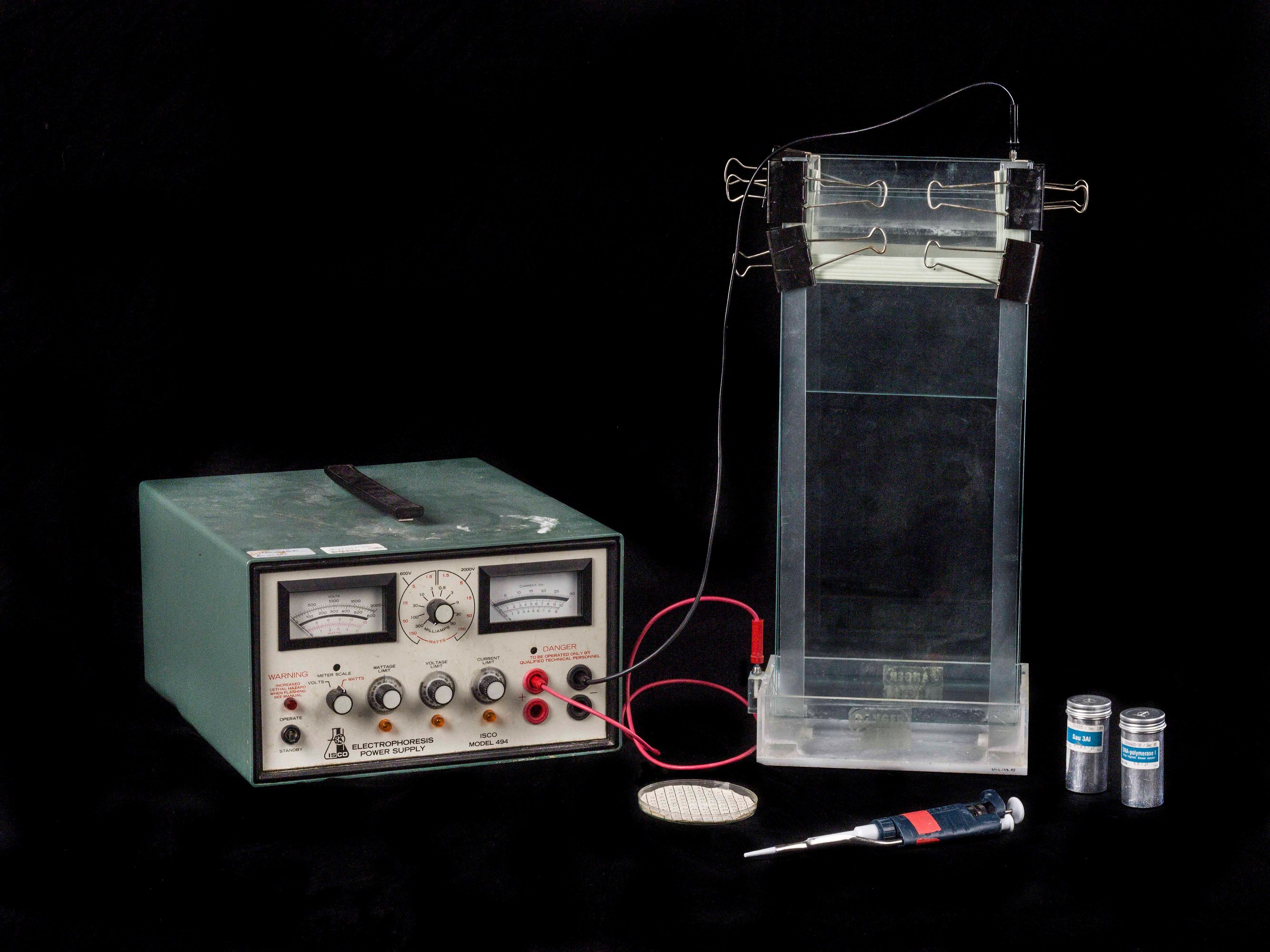As a brand new technology, recombinant DNA offered potential avenues for big profit, one of which was the promise that companies would be able to rewire microorganisms into tiny factories for making chemical products from medicine to industrial solvents. However, recombinant DNA also represented a big risk—no one knew if the lab technique could effectively be used to make a marketable product on a large scale. Still, the new technology piqued the interest of many investors. By the early 1980s, there was a discernible “Biotech Boom” in the United States, with a ripple of buzz about the industry and a fleet of new companies popping up.
One early start-up company, Genentech, turned to the pharmaceutical industry as place to profit from recombinant DNA. For its first product, the company set its sights on insulin, a relatively simple and well-studied protein used to treat diabetes. Traditionally, insulin had been isolated from pork and beef pancreases, but as the demand for insulin grew with the population of American diabetics, it made sense to search for an alternate source for the drug. Recombinant DNA offered a potential solution.
To bring recombinant insulin to the market, Genentech struck a deal with well-established pharmaceutical giant Eli Lilly, which held a large share of the traditional insulin market. Lilly would provide funds to Genentech to create the recombinant bacteria and to coax them to produce insulin. If the Genentech team was successful in creating the insulin-producing bacteria, the microbes would then be licensed to Lilly, which would grow the bacteria and harvest their insulin on an industrial scale.
At Genentech, scientists needed to first build a synthetic human insulin gene, then insert it into bacteria using the recombinant DNA techniques. To do so, the company hired a team of young scientists, many of them just a few years out of graduate school. The Genentech scientists were not alone in their efforts to make the insulin gene—several other teams around the country were racing to be the first to make this valuable human protein grow in bacteria. In the end, however, Genentech scientists won the race.
One scientist on the team, Daniel Yansura, knew the work that he was doing was historic and saved many of his tools from those first days at Genentech. Below is a gallery of some of those laboratory objects which were donated to the museum in 2012.

